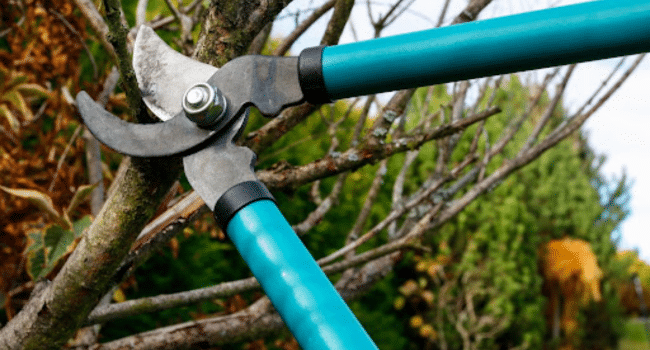Table of Contents
For centuries, people have indulged in the practice of tree pruning and tree removal. From early agriculture to modern gardening, these methods have remained crucial for maintaining the health and aesthetics of outdoor spaces. This article delves into the details of these practices, providing garden-keepers with valuable insights.
Tree pruning and tree removal go beyond the mere maintenance of gardens; they play a significant role in ensuring the overall well-being of your environment. Considering the importance of every pruning and removal decision, it’s vital to be guided by expert advice to maintain the garden’s health in the long run.
Understanding Tree Pruning
Tree pruning refers to the process of selectively eliminating certain parts of a tree, such as branches or buds, and can be especially beneficial for tree pruning berry trees to enhance fruit production. This strategy enhances the tree’s form and bolsters its health. There are several types of tree pruning methods, including crown thinning, crown raising, and crown reduction.
Pruning can work wonders for your garden, from ensuring the structural integrity of a tree to encouraging flower or fruit growth. But when should you prune? The timing largely depends on why you’re pruning. Late winter or early spring is generally the ideal time, as it’s just before the new growth starts.
Understanding Tree Removal
On the other hand, tree removal involves the complete elimination of a tree. While it might seem drastic at first, sometimes it’s necessary for the greater good of the garden. Instances like root failure, dead or hazardous trees, or obstruction to new construction, all call for tree removal.
Ignoring a tree that needs to be removed can lead to repercussions like disease spread, possible damage to structures, or even injuries. The removal process typically involves advanced planning, adequate safety measures, cutting the tree, and dealing with the stump left behind.
Tree Pruning vs Tree Removal: Identifying the Need
The decision on whether to prune a tree or remove it completely can be tricky. The occurrence of disease and infestations play an undeniable role in your decision-making path. For example, if a tree can be treated and saved through pruning, it gets a second chance at life.
The location of the tree also impacts whether you opt for pruning or removal. A tree that threatens the structural integrity of nearby buildings might need to be removed. Seasonal changes also affect your decision, as certain pruning tasks should only be carried out in specific seasonal windows.
Environmental Impact: Pruning vs Removal
Pruning helps avoid the creation of more deadwood, contributing positively to tree health and indirectly to the environment. Conversely, irresponsible tree removal contributes to deforestation, robbing wildlife of natural homes, and disrupting ecosystems.
Practising responsible gardening includes weighing the environmental impact of each pruning or removal decision. Various regions worldwide have hinged their gardening practices on this balance, demonstrating successful maintenance of environmental integrity, evident through compelling case studies.
Seeking Professional Help: Arborists
An arborist is trained in the art and science of planting, caring for, and maintaining trees. Having a professional at hand brings along myriad benefits. They help avoid pruning or removal mishaps that could harm both the trees and your property.
Choosing a local arborist should involve considerations of their qualifications, experience, and reputation. This professional help, coupled with your garden maintenance initiative, often results in the overall longevity of your garden.
To get more information about tree stump removal be sure to check out Travs Trees.
Conclusion
Maintaining garden health goes beyond your immediate aesthetic preferences. It entails making educated tree pruning or removal decisions, remembering the delicate balance between your garden’s requirements and the environment’s wellbeing.
For a flourishing garden, nothing beats understanding the intricacies of tree pruning and removal and the environmental implications of each choice. When faced with uncertainty, remember the importance of seeking expert advice from a qualified arborist to ensure your garden remains a beautiful, safe, and thriving space.
Read more on KulFiy
9 Reasons to Mulch Your Garden
